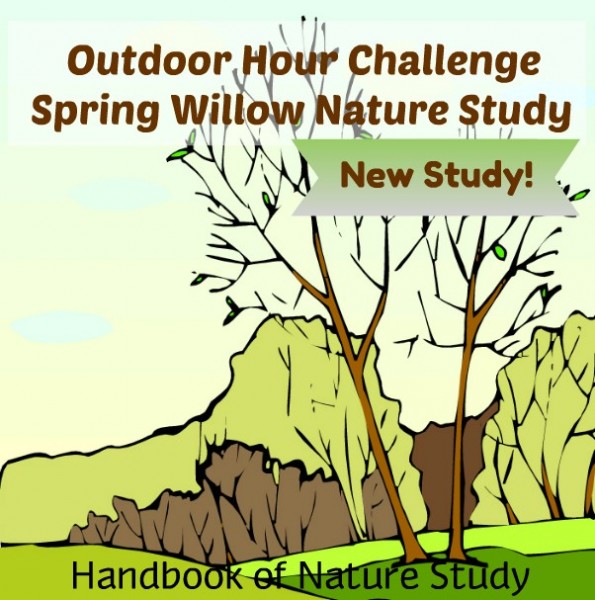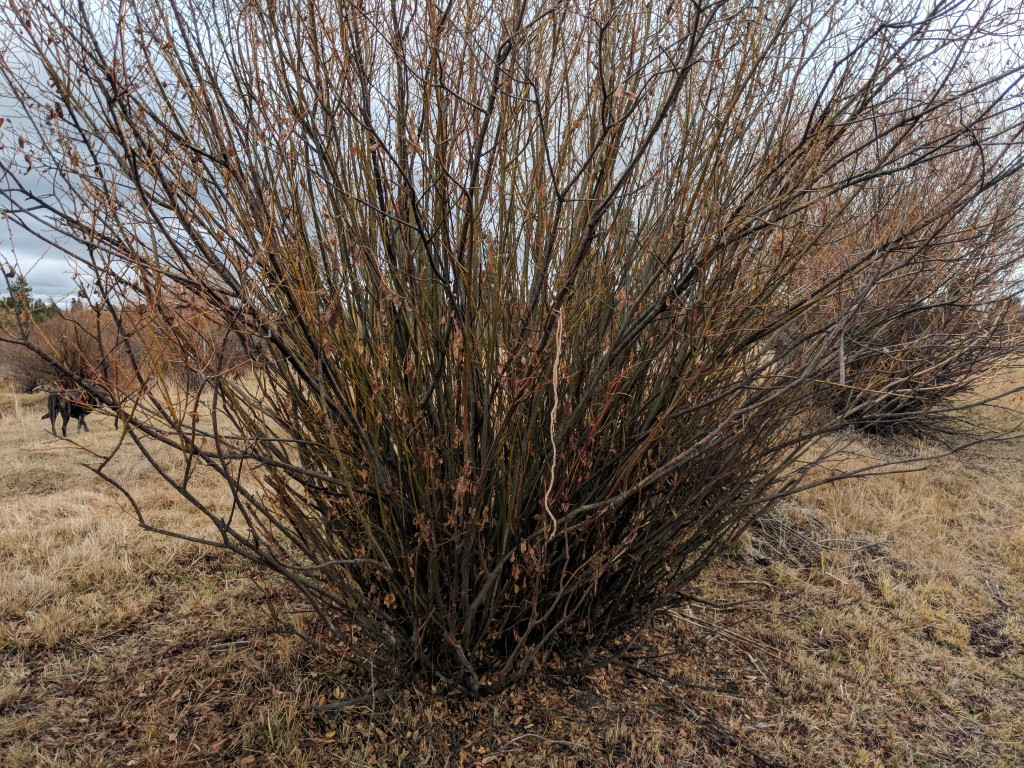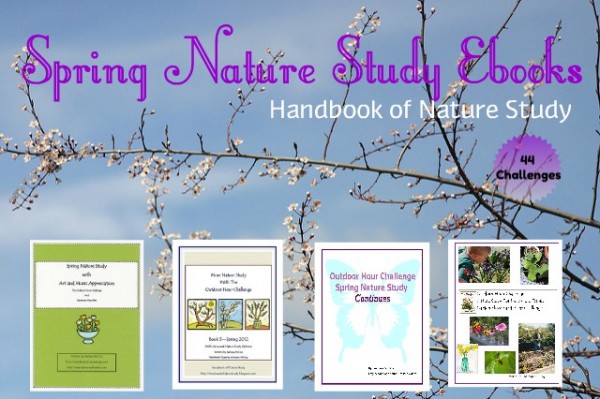“As early in March as is practicable, have the pupils gather twigs of as many different kinds of willows as can be found; these should be put in jars of water and placed in a warm, sunny window. The catkins will soon begin to push out from the bud scales, and the whole process of flowering may be watched.”
Handbook of Nature Study
Start Here: Willow Nature Study – Handbook of Nature Study Lesson 179, suggested observations 1-7 (pages 651-655)
Pay particular attention to the Method section and the Observation suggestions #1-7 in Lesson 179 for specific spring willow study ideas. The leading questions in this lesson will help you carefully observe the pollen-bearing flowers of the willow. Record your answers to the questions in your nature journal.
If you’re just starting a year-long willow study, spring will give you lots to learn and appreciate about this interesting subject. Then, when summer rolls around, you can make some comparisons.
If you’re a member here on the Handbook of Nature Study, there’s a notebook page you can use to record your spring willow nature study observations.
Links to prior season’s Outdoor Hour Challenges:
Both of the OHCs linked above have a printable notebook page in the Ultimate and Journey level memberships.
Prior Willow Study Activity:
- If you already started this activity, make sure to take some spring observations.
- If you’re just getting started with your willow study, here’s the suggested activity: Tie a string on a twig attached to your willow and then observe and record in your nature journal the twig’s changes for a few months.
There are many more spring related nature study ideas in the four ebooks shown above. You can find them in the Ultimate Naturalist membership library.





